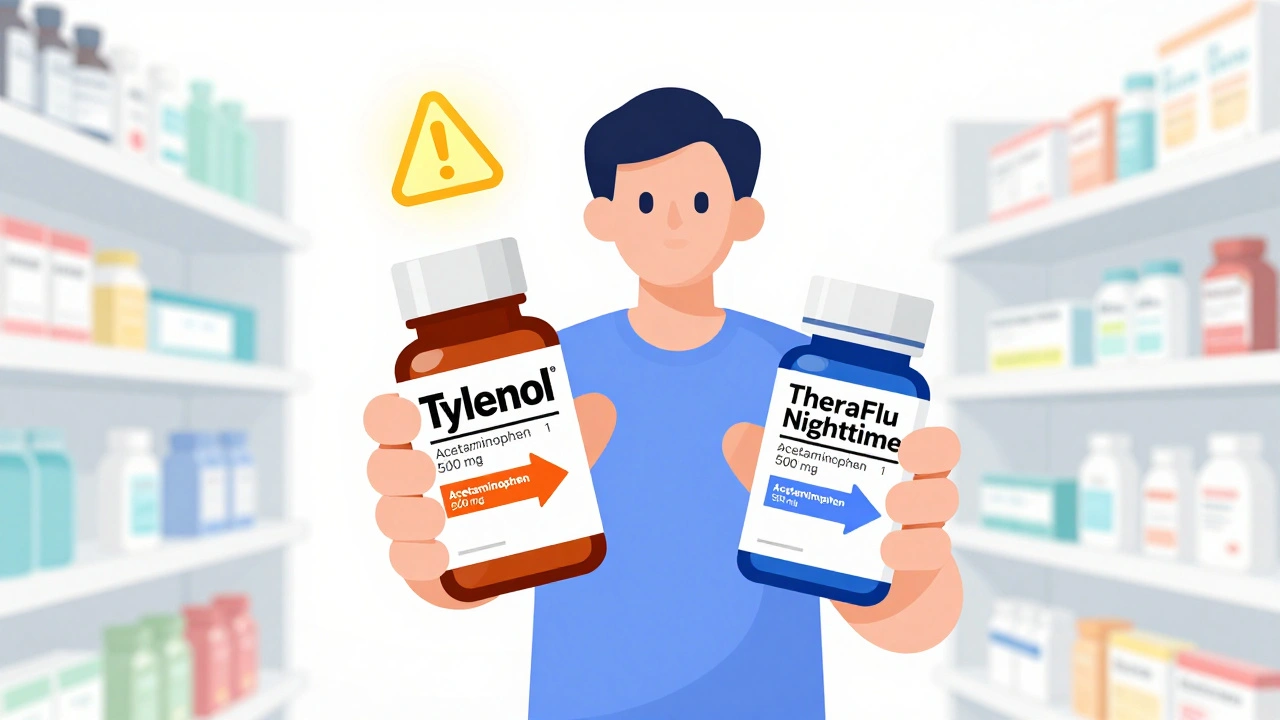Acetaminophen (paracetamol): how to use it safely for pain and fever
Acetaminophen (also called paracetamol or Tylenol) is one of the most common pain and fever medicines. It works fast, it’s cheap, and most people tolerate it well. But too much can hurt your liver, and many accidental overdoses happen because people don’t realize the same drug hides in several medicines. Here’s a clear, no-nonsense guide so you can use it without worry.
How much is safe — practical dosing
Adults: 500–1000 mg every 4–6 hours as needed. Don’t take more than 3,000 mg in 24 hours unless your doctor tells you otherwise. Many newer guidelines suggest staying under 3,000 mg to lower liver risk.
Kids: dosing by weight is best — 10–15 mg per kg every 4–6 hours, up to 5 doses a day. Always use the measuring syringe that comes with the medicine. If you don’t know the child’s weight, check with a pharmacist before dosing.
Elderly or people with liver disease: start lower and check with a clinician. Your doctor may recommend smaller doses or longer intervals.
Warnings, interactions, and what to watch for
Alcohol and liver disease increase the risk of liver damage from acetaminophen. If you drink heavily or have known liver issues, talk to your doctor before taking it.
Check all medicines for acetaminophen. Many cold, flu, and pain combos include it. A quick rule: add up the total mg of acetaminophen from every product you take that day.
Warfarin and some other blood thinners can interact with acetaminophen. If you’re on long-term blood thinners, ask your doctor about safe use and monitoring.
Signs of overdose are often subtle at first: nausea, vomiting, sweating, or mild stomach pain. Serious liver injury may show up later with dark urine, yellowing of skin or eyes, and severe abdominal pain. If you suspect an overdose, seek emergency care right away — N-acetylcysteine is an effective antidote when given early.
Mixing with ibuprofen: you can use acetaminophen and ibuprofen together or alternate them for better pain control, but don’t double up on either. Stick to recommended doses and timing.
Practical tips: always read labels, use the dosing device for liquids, avoid taking multiple products with acetaminophen, and set a phone reminder if you worry about spacing doses. If you need pain relief for more than a few days, check with a clinician instead of self-medicating long-term.
Questions? Ask your pharmacist or doctor. They can help you pick the right dose, check for hidden acetaminophen in other medicines, and advise if a safer alternative is available.

